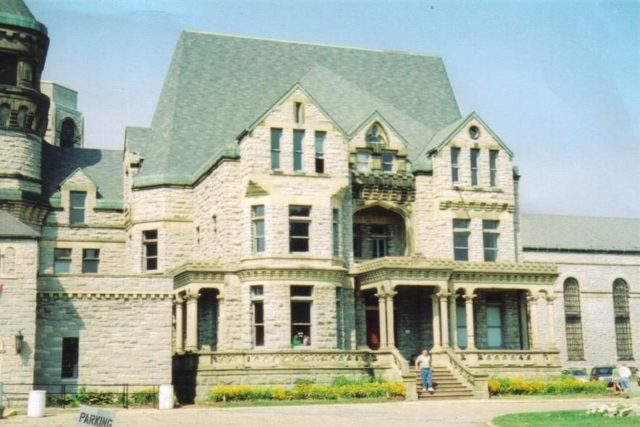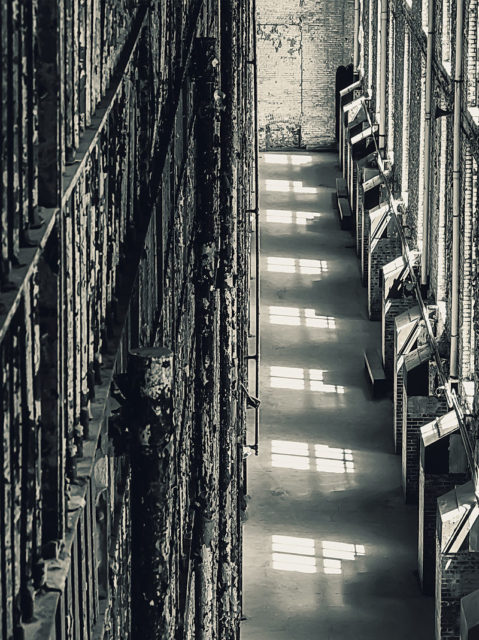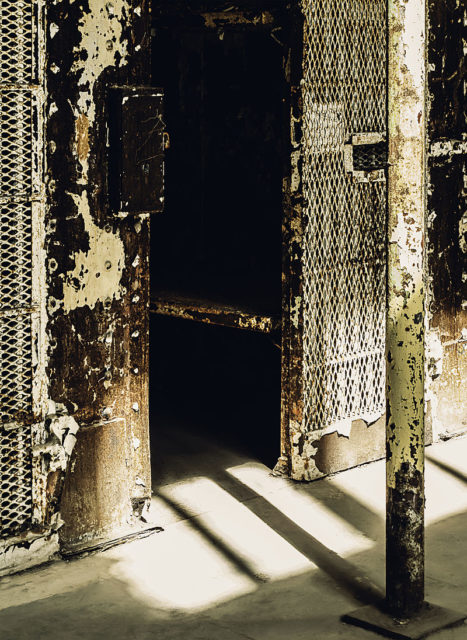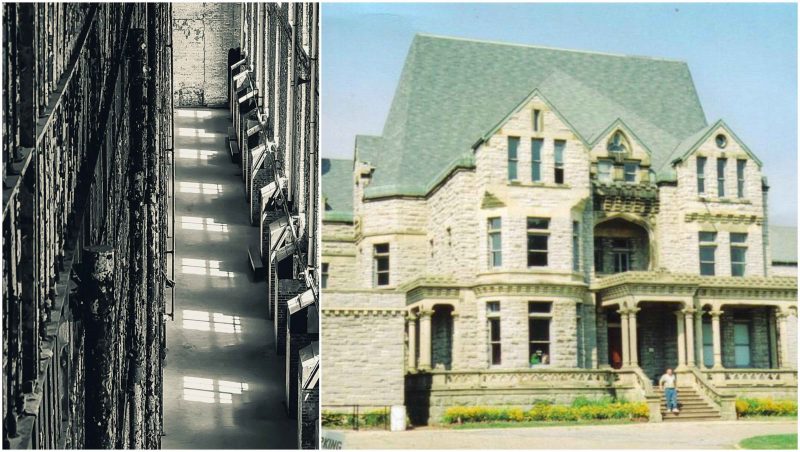Stimulated by the architecture and designs of German castles, engineer Levi T. Scott planned the Ohio State Reformatory (OSR) in 1886 with the optimism that the prisoners would find their surroundings spiritually inspiring. The structure of the Reformatory, initially named the Intermediate Penitentiary, was created on November 4, 1886. The title was altered to the Ohio State Reformatory in 1891. Even though the building was not whole, 150 inmates were kept at the facility beginning in September 1896. When it was finalized in 1919, it had the biggest self-sufficient steel cellblock in the world, with 600 singular cells that were arranged six floors high.

Spiritually Disturbing
Initially, the institution housed young men that were nonviolent and first-time offenders. The objective was to change them by educating them with valuable skills and improving their spirituality. As over time the state was confronted with a rising prison populace, and they involuntary had to send tough convicts to OSR. The Reformatory became congested, and cells intended to support a single man now contained three. The attention changed from renovation to punishing disobedient inmates.
The penalties were directed with old-fashioned torture devices comprised of “the butterfly,” a method of electro-torture, water tubes, a sweatbox for Caucasian inmates, and “The Hole” which was a barren, small, and solitary quarantine cell. Along with the likelihood of being tortured, the convicts were also endangered to the extreme by other convicts, horrendous food, rat plague, and transmittable diseases. Special treatment was likely, but only to the prisoners who could find the money to pay for it.

Prison Closure
Going into the 1970s, upkeep work was begun on the Reformatory, but it was expensive, and the majority did not get finished. In the mid-1980s, a federal court demanded that the facility should be shut down by 1986. This came after a federal complaint was filed in 1978 by the Council for Human Dignity. The lawsuit asserted that situations at the prison were “abusing and merciless.”
A fresh compound, the Mansfield Correctional Institute, was being constructed to house the OSR prisoners. Assembly interruptions forced the state to delay the closing date of OSR to 1990.
Revival
The Mansfield Reformatory Preservation Society (MRPS) was started in 1995 with the determination of reinstating the prison to its original state. A museum has been presented, and money earned from visitors and fundraising events has paid for the revamps. The Reformatory has developed into a famous location for filmmakers, among the most prominent movies filmed there were scenes for the film, The Shawshank Redemption.
Paranormal Happenings
When the Reformatory shut down, gossip started flowing that the prison was haunted by inmates whose spirits were imprisoned forever behind the jail bars. Some of the deceased prison guards who perpetrated torture on the prisoners have also been seen and overheard inside the reformatory. In response, the MRPS features “ghost hunts” and trips. Mansfield is now a recognized site for serious paranormal investigations.
Ghost Tails of Mansfield Reformatory/Administration Wing
Guests and staff have testified feeling intense supernatural actions in the management wing. This is where Warden Glattke and his wife Helen resided and that is the place she agonized from her lethal bullet wound. Some say that they have gotten a whiff of rose fragrance emanating from Helen’s pink restroom. Others have testified to a sensation of icy air passing over them as they saunter through the place. It is not unusual to overhear a camera shutter, which mysteriously continues working once the visitor leaves the area. Ted Glattke, the youngest child of Helen and Warden Glattke, has stated in reaction to these paranormal involvements that most of the material transcribed about his parents haunting Mansfield Reformatory is founded on shock tactics and mistaken stories.
- The Sanctuary
The Sanctuary is the section where countless paranormal happenings were supposed to take place. Several believe it is a core for much of the prison’s haunting and ghost stories. Allegedly, it was previously the space for executions. Individuals have stated that they have captured countless orbs in snapshots, and that they have noted bizarre, unidentifiable noises when inside the Sanctuary. Spirits have been seen dangling around the entranceways, but rapidly vanish once their presence has been noticed.
Arthur Glattke – Management Wing
In 1935 Arthur Glattke was selected as the Superintendent for the Reformatory. He instantly commenced restructuring intended to develop the dejected situations of the prison, though he could do little to improve the congested condition. Glattke and his wife Helen lived in the administration wing of the Reformatory. On November 5, 1950, Helen dropped a gun off the ledge of a closet while searching for a box. When the gun smashed onto the floor, it discharged, and a bullet discharged into Helen’s rib cage. She was able to survive for three days but perished after suffering pneumonia. Glattke, well esteemed by detainees and community leaders, continued in his position as Superintendent until he suffered a fatal heart attack while in his office on February 10, 1959.

-
The Infirmary
Countless inmates died miserable demises in The Infirmary. It has been stated that sick and fading prisoners were sustained there with no care, numerous men famished since they were too feeble to ward off the thieves that stole their nourishment. This space is recognized in paranormal groups to set off EMF sensors.
-
The Basement
The essence of a 14-year-old who was beaten to death in the basement has been seen haunting the rotting basement walls. Also seen is a guard who produces a menacing atmosphere.
-
The Library
Mediums who see the library have stated sighting the essence of a young woman, perhaps Helen or a nurse who was murdered by one of the criminals.
-
The Prisoners’ Cemetery
Guests have testified to seeing items change places in the cemetery and gear failure is not rare there.
-
The Prisoners’ Chambers
When inmates were still contained at OSR, some of them stated that they sensed a woman pull their blankets up around them in a soothing way.
-
The Hole
Positioned in the basement of the prison, The Hole was the definitive penalty for uncontrollable prisoners. The prison cell was small and desolate. Rats and roaches moved along outside and inside of the cells. A lot of adverse paranormal commotion has been witnessed in the 20 “hole” compartments. Rumors of abrupt nausea, fever-like shudders, and an uncomfortable sensation of being watched have happened while visiting the space. It is maybe the most disturbing region of the prison.
Ghost Searches
The Ohio State Reformatory holds Ghost Hunts for the community. It allows admission to the building, permitting you to wander on your own if you decide to, or to join a directed tour.
